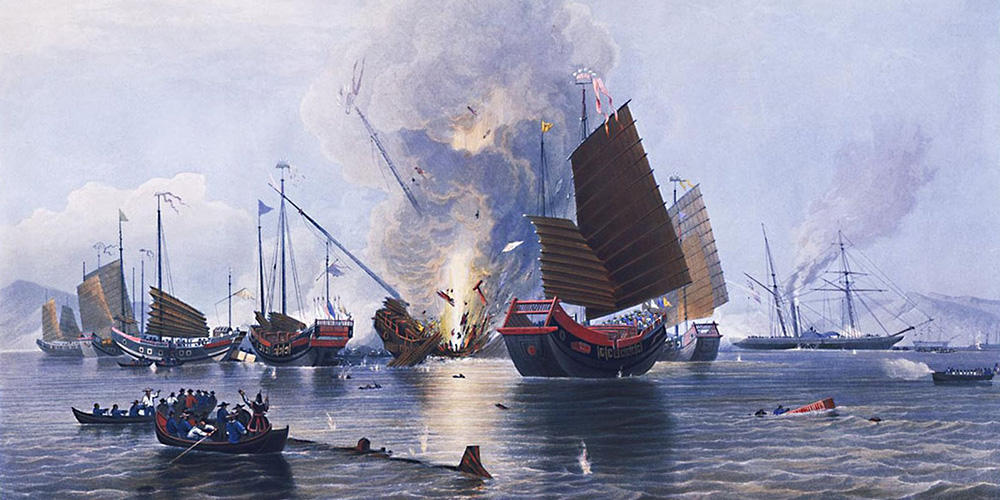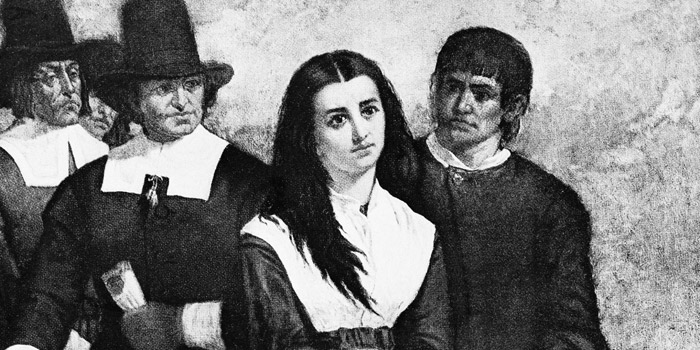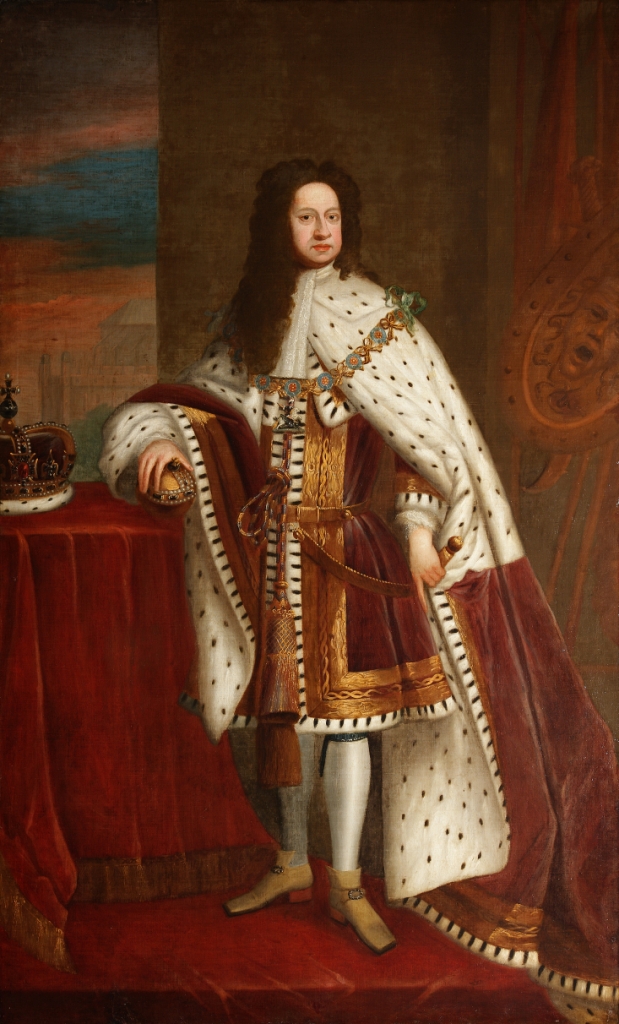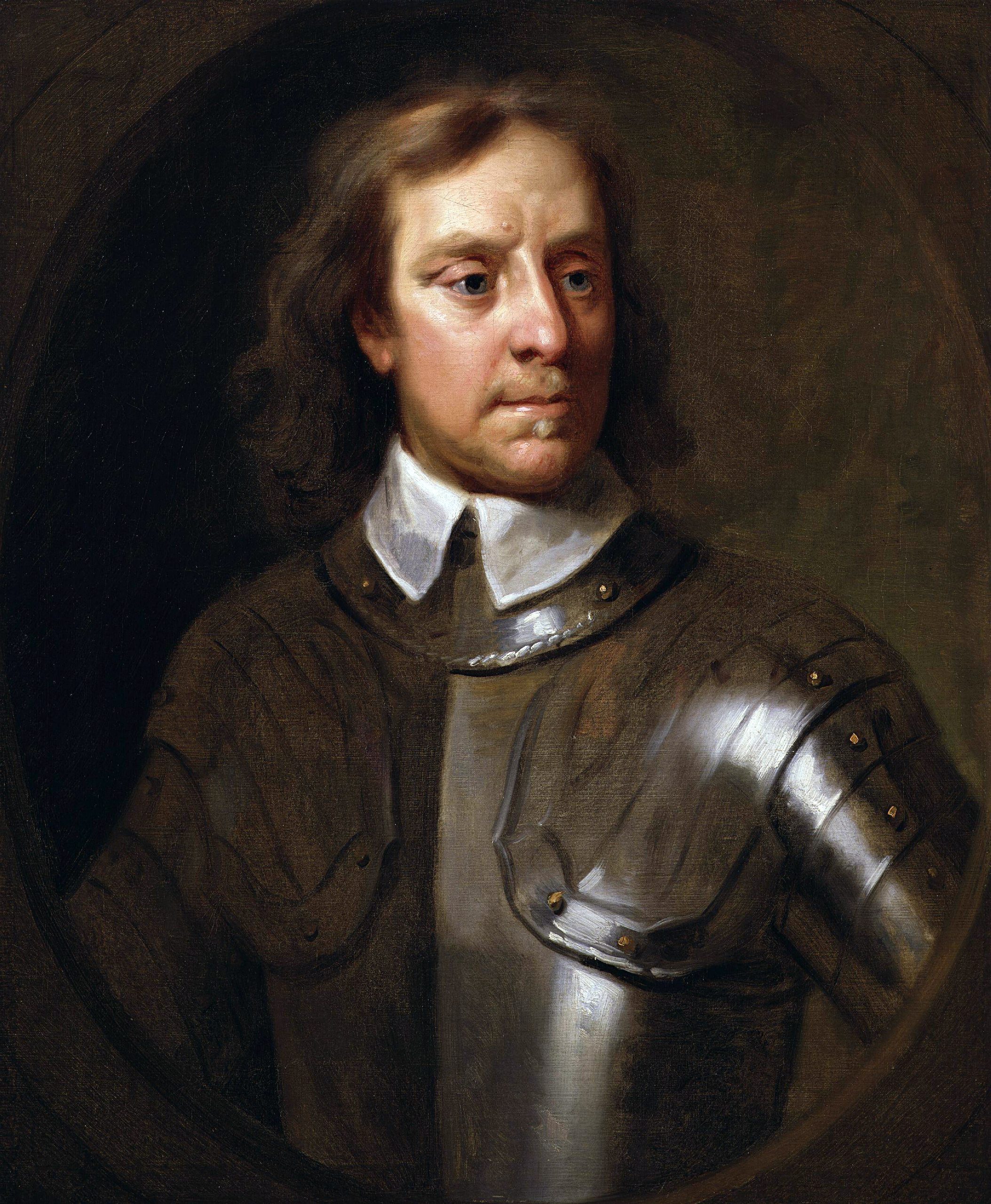
Introduction
Great Britain has a long and fascinating history, filled with tales of triumph, tragedy, and everything in between. Among the most intriguing chapters of this history is the story of the Roman presence in Britain. From the invasion in AD 43 to the eventual withdrawal of Roman legions in the early 5th century, the Roman occupation left an indelible mark on the landscape, culture, and society of what would later become England. However, one of the most puzzling aspects of this era is the mysterious disappearance of Britain’s Roman population.
This article delves into the complexities surrounding this significant shift, exploring the factors that led to the decline of Roman influence in Britain and the enigma that surrounds the fate of its Roman inhabitants.
The Roman Invasion: A Brief Overview
The Roman conquest of Britain began in AD 43 under Emperor Claudius, marking the start of nearly four centuries of Roman rule. The Romans established towns, roads, and administrative systems, introducing advanced engineering, architecture, and even the concept of urban living. The most notable Roman towns, such as Londinium (London) and Eboracum (York), showcased their influence through impressive structures like bathhouses, amphitheaters, and forums.
The Roman way of life brought new customs, languages, and trade, transforming local communities and blending them into a wider Roman Empire. The sheer scale of this occupation led to the significant Romanization of the British Isles, where native tribes adopted aspects of Roman culture. However, this period of prosperity was not to last.
The Decline of Roman Britain
By the late 4th century, several factors contributed to the decline of Roman Britain. Political instability within the Empire, economic troubles, and external pressures from invading tribes all played a role. The Roman Empire faced increasing threats from the northern tribes and the rise of breakaway factions within its territories. With the central authority weakened, the Roman military presence in Britain began to dwindle.
In AD 410, Emperor Honorius famously sent a letter to the cities of Britain, advising them to look to their own defenses, marking the formal end of Roman imperial rule in the region. But what happened to the Roman inhabitants who had settled in Britain? This question has baffled historians and archaeologists alike.
Theories on Disappearance
Several theories have emerged regarding the fate of the Roman population in Britain after the withdrawal of Roman legions. Here are some of the most prominent ideas:
1. Integration with Local Populations
One widely accepted theory suggests that many Romans did not abandon Britain but instead integrated with the local Celtic tribes. As the Roman military and administrative structures collapsed, the remaining Roman citizens may have intermarried and assimilated into the local culture. This blending of cultures could explain the gradual disappearance of distinct Roman identities.
Archaeological evidence supports this idea, showing a gradual shift in pottery styles and household artifacts, indicating a fusion of Roman and native traditions. As the Celtic tribes adapted to the changing political landscape, many Roman customs likely persisted in various forms.
2. Mass Migration
Another theory posits that a significant portion of the Roman population in Britain chose to leave. With the crumbling authority of Rome, many Romans might have decided to return to the continent, seeking the safety and stability of regions still under direct Roman control. This mass migration could have led to a noticeable decline in the Roman populace.
However, while the notion of large-scale migration is compelling, it lacks concrete evidence. The archaeological record does not indicate a sudden exodus of Romans, nor do historical texts provide definitive accounts of such an event.
3. Declining Urban Centers
As Roman rule faded, so did the infrastructure that supported urban life. The towns that thrived under Roman governance began to decline, leading to a ruralization of society. This shift would have severely impacted the Roman population, as the urban elite and tradespeople faced unemployment and insecurity.
The decay of urban centers is visually represented in archaeological sites, where once-bustling towns show signs of abandonment. With fewer resources and economic opportunities, many residents, whether Roman or local, may have migrated to the countryside, leading to a gradual dissolution of urban life.
The Role of Barbarians
The arrival of various tribes, often referred to as “barbarians,” further complicated the situation. Saxons, Picts, and Scots began to encroach upon Roman territories, posing direct threats to both the remaining Roman citizens and the Celtic inhabitants. The increasing vulnerability of Roman settlements may have prompted further migration or integration as survival became paramount.
The historical narrative often highlights the violent conflicts between these tribes and the remnants of Roman authority. Such chaos could have resulted in the displacement of Roman populations, forcing them to seek safety and security elsewhere.
Cultural Legacy: The Romanization of Britain
Despite the enigmatic fate of the Roman population, their impact on Britain is undeniable. The Roman legacy is woven into the very fabric of British culture, architecture, and infrastructure. Roads, towns, and even legal systems reflect the advanced civilization that once thrived on the island.
The remnants of Roman architecture, such as Hadrian’s Wall and the ruins of Roman baths, serve as lasting testaments to their presence. Furthermore, the Latin language influenced English and many modern place names, demonstrating that while the inhabitants may have vanished, their cultural contributions endure.
The Archaeological Search
In recent years, archaeologists have increasingly focused on unearthing evidence related to the Roman population in Britain. Sites like Silchester and Caerwent have provided valuable insights into the lives of Romans in Britain during the later stages of occupation.
Innovative techniques, such as ground-penetrating radar and advanced excavation methods, have allowed researchers to explore hidden structures and artifacts. These discoveries help paint a clearer picture of how Romans adapted to the changing environment and how their presence continued to influence post-Roman Britain.
Conclusion
The mysterious disappearance of Britain’s Roman population remains one of history’s captivating enigmas. While theories abound regarding their fate—whether through integration, migration, or decline—the truth may never be fully uncovered. What is clear, however, is that the legacy of Roman Britain endures in the very essence of British culture and identity.
As we continue to explore archaeological sites and analyze historical texts, new revelations will undoubtedly emerge, shedding light on this fascinating period of history. The tale of Britain’s Roman population serves as a poignant reminder of the complexities of cultural change and the ever-evolving narrative of human history.









